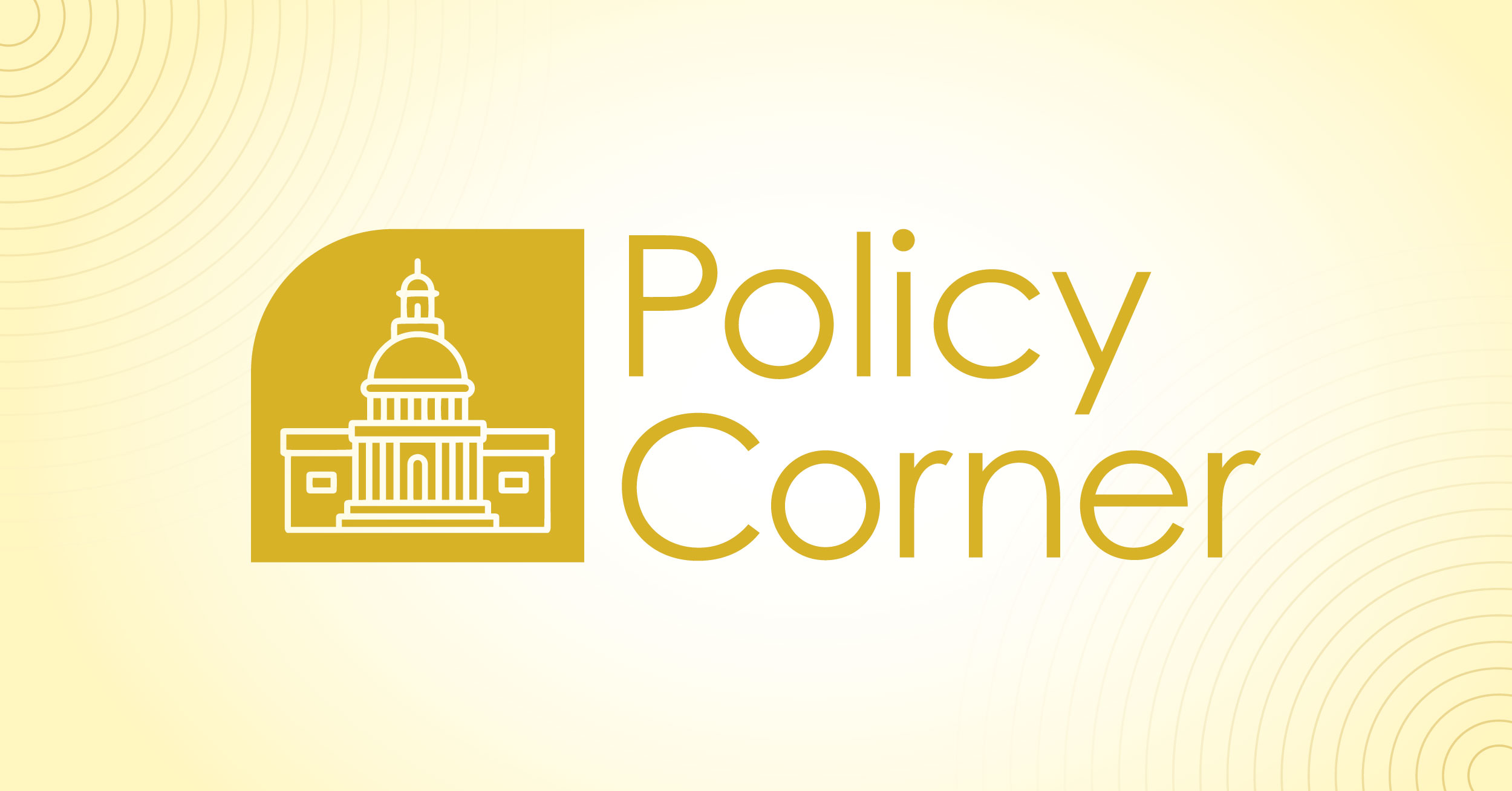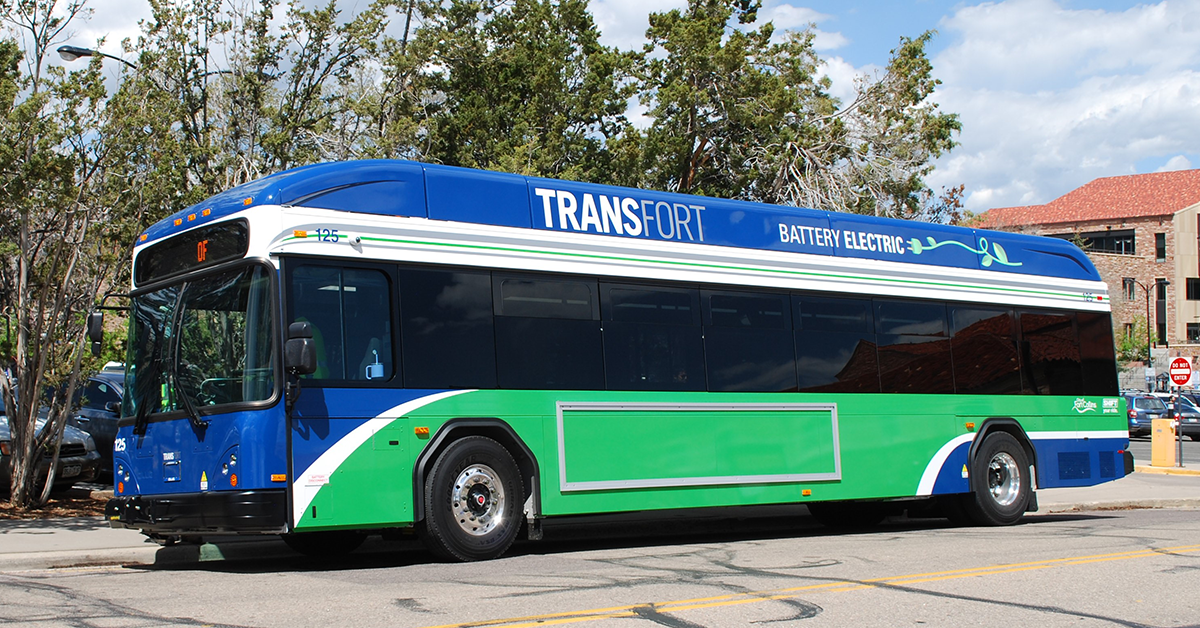
Authored by Michael Dorgan, Policy Manager
With the Low or No Emission Grant Program (Low-No) application window closing in mid-July, CTE’s Policy team is reflecting on key changes in this year’s Notice of Funding Opportunity (NOFO) and anticipated programmatic shifts under the Trump Administration.
On May 14, the Federal Transit Administration (FTA) announced $1.5 billion in competitive funding under the Low-No and Buses and Bus Facilities Programs. While the programs remain largely intact, this year’s NOFO introduced several notable shifts.
By statute, at least 25% of Low-No funds must go to low-emission projects. The remaining 75% can fund either low- or zero-emission technologies. This year, however, FTA signaled a stronger preference for low-emission projects “to the maximum extent permitted by law.”
During FTA’s June 4 webinar, FTA staff stated that the mix of potential awards “depends on the discretion of the administration, as well as the universe of applications on how those additional funds will be divided amongst the propulsion types.” For applicants focused on zero-emission solutions, this underscored the importance of submitting strong proposals and sending a unified signal about market demand. While we won’t know the full impact of this prioritization until awards are announced, CTE will be closely analyzing results by fuel type, geography, and project scope. The shifts in NOFO language reinforce the influence that Administration officials will have on Low-No decisions. CTE has vast experience assisting transit agencies and industry partners in compiling a proposal that satisfies administration priorities, as well as assisting with congressional outreach before and after submission.
Additional Considerations
FTA’s additional considerations offer further insight into evolving federal priorities:
Opportunity Zone: To receive credit for advancing this consideration, applicants were to identify if the project is located in a qualified Opportunity Zone and describe the benefits, including more frequent or reliable transit service, increased uptime, and air quality improvements. This was also an additional consideration in FY2019 and FY2020 Low-No opportunities, demonstrating a consistency in priorities from the first Trump Administration.
Cost Effective Vehicle Procurements: Agencies could earn points by committing to off-the-shelf vehicle purchases via state schedules, joint procurements, or standard models with minimal customization.This consideration is similar to 2024’s reduction of customization consideration, but there is now an option related to procurement off a state schedule without selecting additional customization.
Strengthen US Vehicle Manufacturing Industry: Projects that use progress payments or expedited contracting terms to strengthen domestic manufacturing were rewarded, as in FY2024.
Benefits for Families and Communities: A new Trump-era emphasis asks applicants to describe how projects improve access for families with young children—specifically to jobs, healthcare, and recreation. CTE advised applicants to highlight proximity to schools, employment centers, and demographic indicators such as birth rates and youth populations.
Buy America: To earn credit for this consideration, a project must not request a Buy America waiver.
Taken together, the Administration priorities are overall generally consistent with those used in previous funding cycles, with a focus shift away from environmental justice and toward economic impact, manufacturing, and cost-efficiency. While emissions reductions remained part of the evaluation criteria, it’s unclear how heavily these factors will influence award decisions.
Still, the 2025 NOFO offers valuable insight into where federal priorities are heading—and how agencies can begin sharpening their approach for future funding. The stronger emphasis on economic benefit and U.S. manufacturing likely signals what to expect in the 2026 cycle.
CTE has a long track record of success with the Low-No program, with applications we support approximately 2x as likely to receive funding as the average application. Our attention to detail and assurance of alignment with admin priorities, as well as our ability to educate lawmakers and agency officials on advanced technologies, help provide CTE applications with the highest chance of success. We intend to continue our efforts in this space and inform lawmakers on the alignment of advanced technologies with key Trump Administration priorities like American energy independence, resilience, and economic growth. CTE will continue to advocate for the funding of zero-emission projects and technologies in Washington, D.C. and will carefully analyze awards decisions as soon as they’re available to inform our approach for Low-No 2026.




